Underwater welding, also known as hyperbaric welding, is a specialized welding process performed underwater, typically in oceans, rivers, or lakes. This technique is widely used in industries like offshore oil and gas, ship repair, and underwater construction. Underwater welding allows welders to repair structures submerged in water, including pipelines, offshore oil rigs, and ships, making it an essential skill in many industrial applications. In this article, we’ll dive into what underwater welding entails, how hyperbaric welding works, and the different types of underwater welding.
About Underwater Welding
Underwater welding combines elements of traditional welding with unique techniques adapted for high-pressure underwater environments. Welders who perform underwater welding must be trained in both diving and welding, as they face a unique set of challenges, including restricted visibility, underwater currents, and the need for specialized equipment.
Due to the complexities and hazards associated with underwater welding, it is considered one of the most dangerous jobs. Welders must undergo rigorous training and certification to work in these conditions, and safety is a primary concern during all underwater welding operations. Despite the risks, underwater welding is vital for maintaining and repairing submerged structures in various industries, and the demand for skilled underwater welders remains high.
How Does Hyperbaric Welding Work?
Hyperbaric welding is the process of welding at high pressures, as seen in underwater environments. This type of welding requires special considerations due to the increased pressure from the surrounding water and the need to create a stable environment for the welding arc. Hyperbaric welding can be divided into two main methods: dry welding and wet welding.
Dry Hyperbaric Welding
In dry hyperbaric welding, also known as dry underwater welding, a chamber (often called a “habitat”) is sealed around the area to be welded, and the water is pumped out, creating a dry environment. This chamber is pressurized to match the surrounding water pressure, allowing the welder to work safely in a controlled environment.
Dry hyperbaric welding offers several advantages:
- Improved Weld Quality: Since the process takes place in a dry chamber, the risk of weld contamination from water is reduced, resulting in higher-quality welds.
- Better Control: Welders have better control over the arc and heat, leading to stronger, more consistent welds.
- Extended Working Time: With a stable environment, welders can work for extended periods without the interference of water currents or restricted visibility.
While dry welding is more complex and requires extensive setup, it is the preferred method for critical welds that need to meet stringent quality and durability standards.
Wet Welding
In contrast to dry hyperbaric welding, wet welding is performed directly in the water without a pressurized chamber. In wet welding, the welder uses a waterproof electrode, and the welding arc is shielded by bubbles of gas, which are generated by the flux coating on the electrode. These gas bubbles help protect the weld from water contamination and allow the arc to stabilize in the water.
Wet welding is more common than dry welding due to its flexibility and cost-effectiveness. However, it has some limitations:
- Reduced Weld Quality: Due to exposure to water, wet welds are more likely to have porosity or cracking issues.
- Limited Durability: Wet welds are typically not as strong or durable as dry welds, making them less suitable for critical applications.
- Increased Hazards: Wet welding presents higher risks, including the possibility of electric shock, making safety a top priority.
Despite its limitations, wet welding is widely used for temporary repairs, quick fixes, and jobs where setting up a dry chamber is impractical or too costly.
Types of Underwater Welding
There are two primary types of underwater welding: wet welding and dry welding, each suited to different applications and environments. Here’s a closer look at each type:
1. Wet Welding
As mentioned, wet welding involves welding directly in the water. In this process, the welder uses specialized equipment, including waterproof electrodes, and must rely on a constant gas shield created by the electrode’s flux to prevent water from contaminating the weld.
Applications of Wet Welding:
- Temporary Repairs: Wet welding is frequently used for temporary or emergency repairs on structures such as ships, underwater pipelines, and offshore oil rigs.
- Non-Critical Structures: It is also suitable for non-critical applications where weld strength and durability are not as crucial.
Wet welding is advantageous because it doesn’t require a dry environment or extensive setup, making it faster and more cost-effective than dry welding in certain situations. However, the weld quality may be lower due to water interference, and there is a higher risk of defects such as porosity.
2. Dry Hyperbaric Welding
Dry hyperbaric welding, or “habitat welding,” involves the use of a sealed, pressurized chamber to create a dry environment around the weld site. Once the chamber is in place and water is evacuated, the welder can work in a dry, controlled atmosphere.
Applications of Dry Welding:
- Critical Repairs: Dry welding is ideal for situations requiring high-quality, durable welds, such as structural repairs on offshore platforms, pipelines, and other infrastructure.
- Permanent Solutions: When repairs need to be strong and long-lasting, dry welding is typically the method of choice.
Because dry welding requires significant setup and specialized equipment, it is generally more expensive than wet welding. However, the resulting welds are often of much higher quality and reliability.
How Strong is Underwater Welding?
The strength of underwater welds largely depends on the method used and the environmental conditions. In general, dry underwater welds are significantly stronger and more durable than wet welds because they are protected from water contamination. This makes dry welding suitable for critical repairs where the welds need to withstand high pressures, heavy loads, or harsh environmental conditions.
Wet welds, while not as strong as dry welds, can still be effective for temporary fixes or non-critical applications. Advances in welding technology, such as improved electrode coatings and techniques to control the gas shield, have improved the quality of wet welds, making them more reliable than in the past.
Factors Influencing Weld Strength in Underwater Welding
Several factors impact the strength and durability of underwater welds:
- Method: Dry welding generally produces stronger welds due to its controlled environment.
- Skill Level: Underwater welding requires high expertise; the more experienced the welder, the stronger and more consistent the welds will be.
- Equipment Quality: Using high-quality, specialized underwater welding equipment contributes to stronger welds.
- Environmental Conditions: Currents, water temperature, and pressure can all impact the quality and strength of an underwater weld, especially in wet welding scenarios.
Conclusion
Underwater welding is a crucial technique that enables repairs and construction on submerged structures without the need to bring them to the surface. Whether through dry hyperbaric welding or wet welding, underwater welding makes it possible to maintain and repair essential infrastructure in challenging underwater environments. While both methods have their advantages and limitations, dry welding provides superior strength and durability, while wet welding offers flexibility and convenience. Despite the challenges, underwater welding is an indispensable skill in the world of offshore and underwater construction, contributing significantly to industries like oil and gas, maritime, and more.

